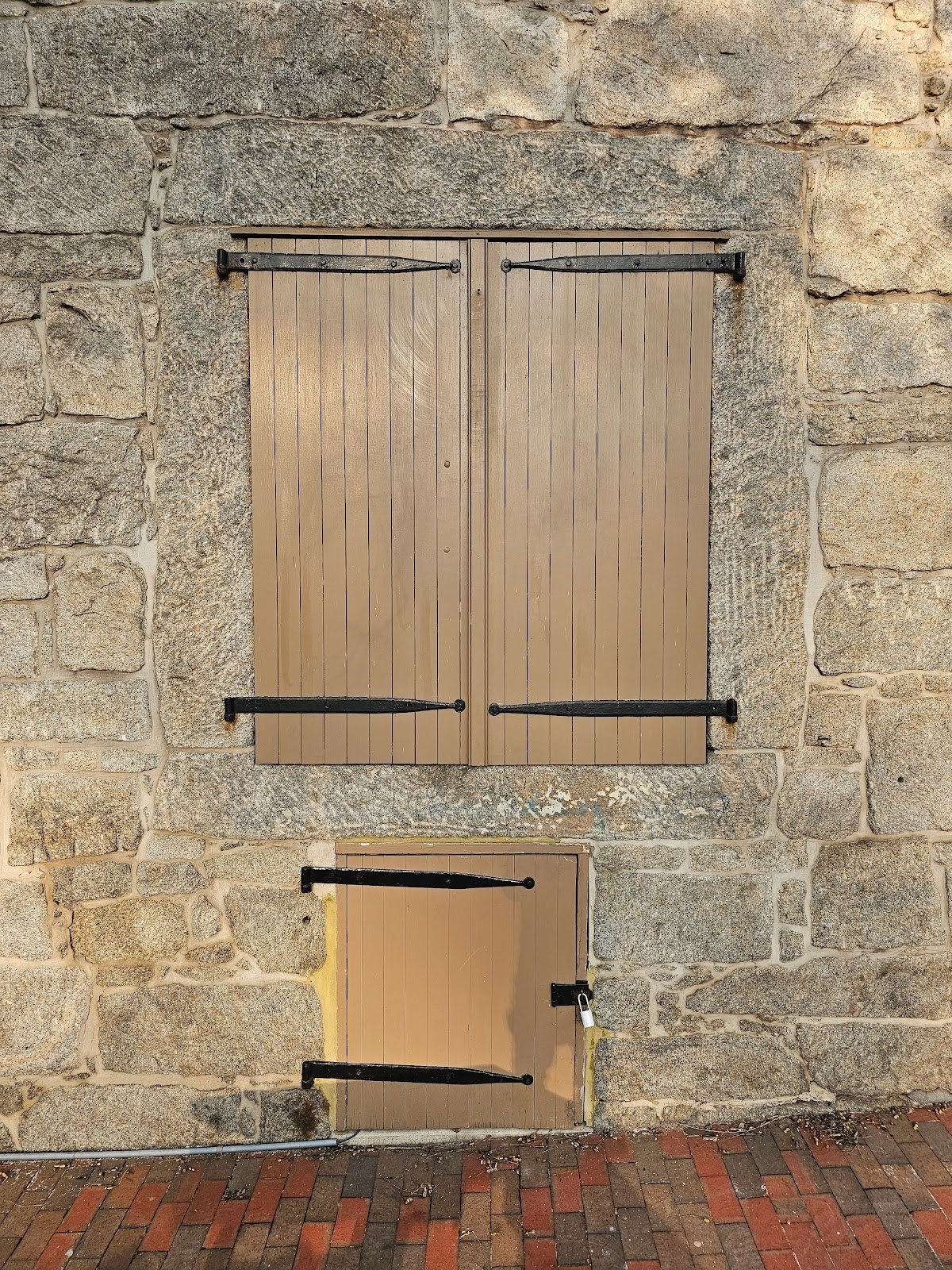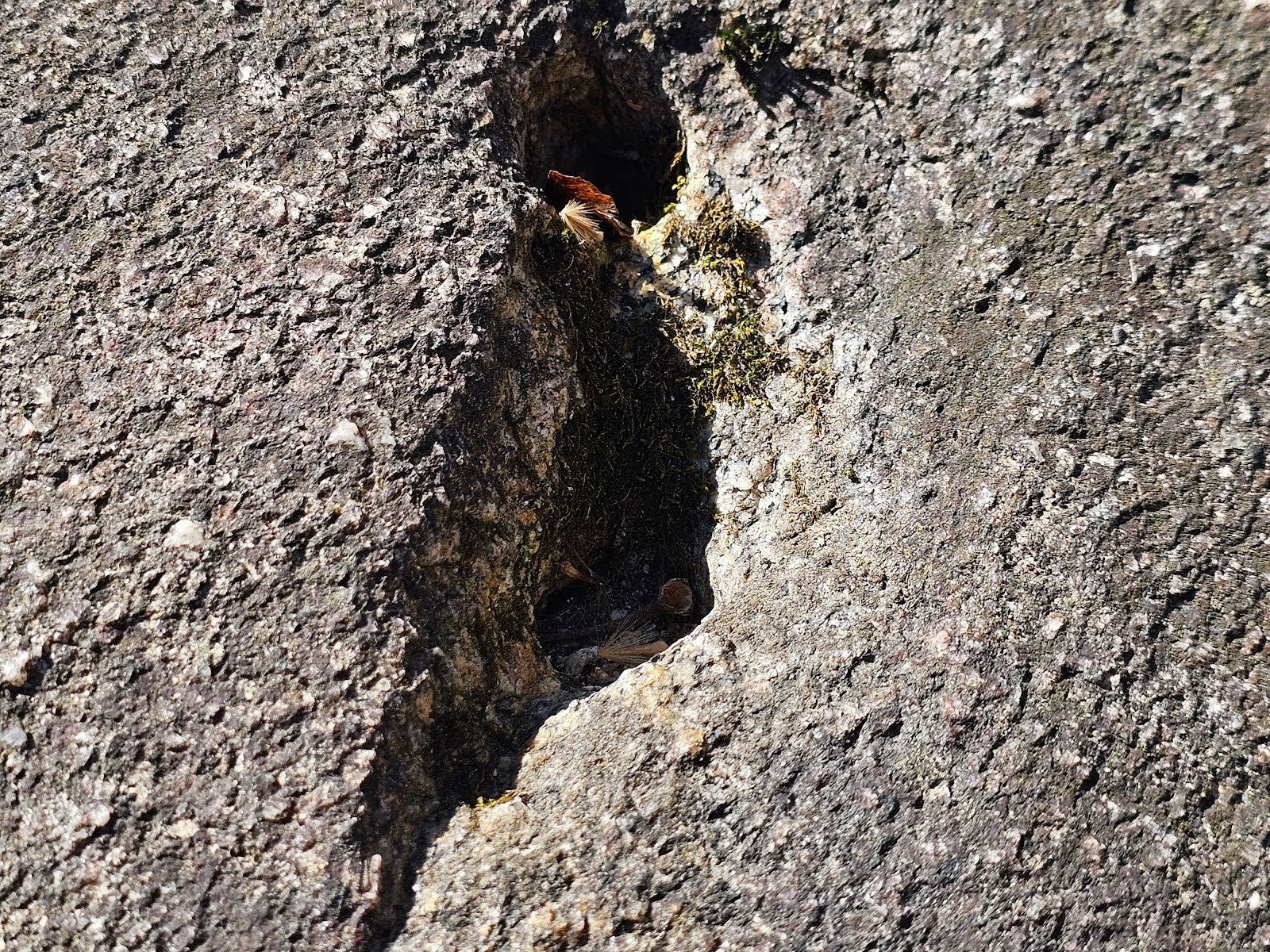Retaining walls are integral landscape features, providing structural support and dimension to outdoor spaces. However, without proper drainage design, retaining walls are susceptible to hydrostatic pressure buildup and deterioration over time. Water accumulating behind the wall exerts an outward lateral force that can destabilize and cause structural failure. Installing an effective drain system is crucial to relieve this pressure and extend the service life of retaining walls. In this article, we will examine the mechanics of hydrostatic pressure and how it impacts masonry retaining walls. We will discuss the importance of using gravel backfill and weep holes to create a “path of least resistance” for drainage. And we will overview repointing and centralized drainage systems as key strategies to preserve historic retaining walls and keep them structurally sound. Proper drainage is fundamental to retaining wall performance and longevity.
Today’s article looks at the following topics:
- Hydrostatic Pressure
- Path of Least Resistance
- Repointing and Mortar Joint Repair
- Centralized Retaining Wall Drainage System

Hydrostatic Pressure
Hydrostatic pressure is the pressure exerted by a fluid at equilibrium under the force of gravity. In the case of retaining walls, the fluid is water that becomes trapped behind the wall. As water accumulates, it exerts an outward pressure on the wall. This constant, lateral pressure can weaken the structural integrity of the wall over time if it is not properly relieved.
Retaining walls are specifically designed to resist the lateral pressure from the soil and material they retain. However, they are not typically engineered to withstand prolonged hydrostatic pressure. Hydrostatic pressure occurs when water builds up behind the wall and cannot properly drain away. This water exerts an additional lateral force against the wall. Even a few inches of accumulated water can generate immense pressures against the wall.
The amount of hydrostatic pressure depends on the height of the wall and the depth of water buildup behind it. The pressure increases linearly with depth and can be calculated as 0.433 psi per foot of depth. For example, if water builds up 3 feet behind a wall, it will exert around 1.3 psi of outward pressure across the entire surface area of the wall. This may not seem like much, but across a large wall it adds up to a tremendous force.
Unrelieved hydrostatic pressure eventually leads to deterioration and failure of retaining walls over time. The constant pressure forces open mortar joints and bows the wall forward. Cracking, bulging, and eventual collapse will occur if the water is not drained. Weep holes and proper backfill drainage are critical in relieving this pressure and extending the service life of retaining walls.
Path of Least Resistance
As discussed previously, gravel backfill and drainage pipes behind retaining walls provide a path of least resistance for water to drain away. The gravel fill serves as a free-draining medium that allows water to flow through it rapidly. Without proper drainage, water becomes trapped in fine soils behind the wall, leading to buildup and hydrostatic pressure.

The gravel backfill alone does not provide an adequate drainage solution. Water will still accumulate at the bottom of the gravel layer against the wall. Weep holes drilled into the wall provide an outlet for the water to drain out of the gravel. These openings are typically placed just above grade on the exterior side of the wall spaced several feet apart.
In addition, perforated drainage pipes are installed near the base of the fill at the back of the wall. These pick up water that drains through the gravel and carries it to the weep holes. The pipes run the entire length of the wall and function to intercept and collect water, prevent pooling, and relieve hydrostatic pressure.
The gravel fill and drainage pipes work together to provide a path of least resistance for water to rapidly drain away from the back of the retaining wall. This preserves the structural integrity of the wall and prevents damage from excessive hydrostatic pressures. Proper drainage design is critical for long-lasting retaining walls.
Repointing and Mortar Joint Repair
Repointing and mortar joint repair are vital parts of masonry restoration and preserving historic brick buildings. Mortar joints act as the “sacrificial” component in the wall system. While brick and stone masonry units are very durable, mortar is intended to deteriorate first under the natural movements and weathering forces acting on the wall.
Mortar joints deteriorate faster than bricks and stones for several reasons. Wetting and drying cycles gradually weaken mortar over time. Mortar also experiences greater stresses as the wall settles and moves; minor shifts in the masonry units put stress on the mortar joints. Temperature fluctuations and freeze-thaw cycles also take their toll.
When deterioration occurs, it is much more practical and economical to repoint the mortar joints than replace bricks and stones. Tuckpointing involves raking out deteriorated mortar to a depth of at least 2 inches and replacing it with fresh mortar. This restores the wall system to a sound state.
Using the proper type of mortar is critical in repointing historic masonry. Modern mortars with high Portland cement content can actually cause damage. They are harder and more rigid than historic lime-based mortars and do not accommodate slight wall movements. Repointing should match the original mortar in composition, consistency, color, and profile. This helps maintain the historic integrity of the building.
Centralized Retaining Wall Drainage System
An effective drainage system is crucial for retaining walls. Centrally located perforated drain pipes running along the base of the wall provide the most efficient drainage.
The drain pipe should be set above the wall footing approximately 6 inches vertically, depending on the specific configuration of elements. In this case, the pipe is way too high, but this work was done in an unsuccessful remediation attempt by other contractors.. This allows gravity drainage while keeping it low enough to catch water seeping down from the backfill.

The pipe contains numerous perforations or slits along its length facing the backfill material. These openings allow water to enter the pipe as it accumulates behind the wall. The centralized drain pipe runs horizontally just above the footing the entire length of the wall. A slight slope of around 1% allows water entering the pipe to flow in one direction toward the outlet or weep hole. At intervals approximately 8 to 10 feet apart, depending on varied factors like wall height and land size, grade, and vegetation, short section pipes called “weeps” connect the central drain to the exterior of the wall. This allows water captured from behind the wall to exit.

The weep holes project the water exiting from the central drain out and away from the wall, preventing erosion at the base. They angle downward approximately 10-30 degrees. The centralized perforated drain pipe collects water from the entire area and relieves hydrostatic pressure. In conjunction with free-draining gravel backfill, it provides a way for water to exit the retaining wall system and remain structurally sound. Proper drainage design is key for retaining walls to achieve longevity.
Our Company and Upcoming Articles
As specialists in masonry restoration, our company has the expertise to manage and prescribe wholistic and precise preservation work plans for historic brick and stone structures. Our team is highly trained and qualified in critical areas like repointing mortar joints, tuckpointing, and restoring deteriorated masonry. With decades of collective experience working on iconic historic buildings in Washington DC, we take pride in our quality craftsmanship. Together with our clients, we can develop custom solutions to repair and maintain the structural integrity and historic charm of your building. Our team has tackled some of the toughest challenges, so you can rely on our skills for your masonry restoration project.
In an upcoming series of articles, we will explore how retaining walls, building walls, and masonry foundations deteriorate over time without proper maintenance. On both a physical and chemical level, the material comprising historic masonry structures undergoes changes that accelerate deterioration when upkeep is neglected. We will examine how the chemical substrates in mortar and brick transform when exposed to weathering and environmental forces. Freeze-thaw cycles, moisture infiltration, pollution, and natural movements all take a toll at the microscopic level. Understanding these chemical shifts allows us to better preserve historic masonry through necessary repairs and restoration. Join us as we delve into the science behind aging masonry and discover solutions to slow deterioration and maintain the structural integrity of our cherished historic buildings.
Contact us today.




